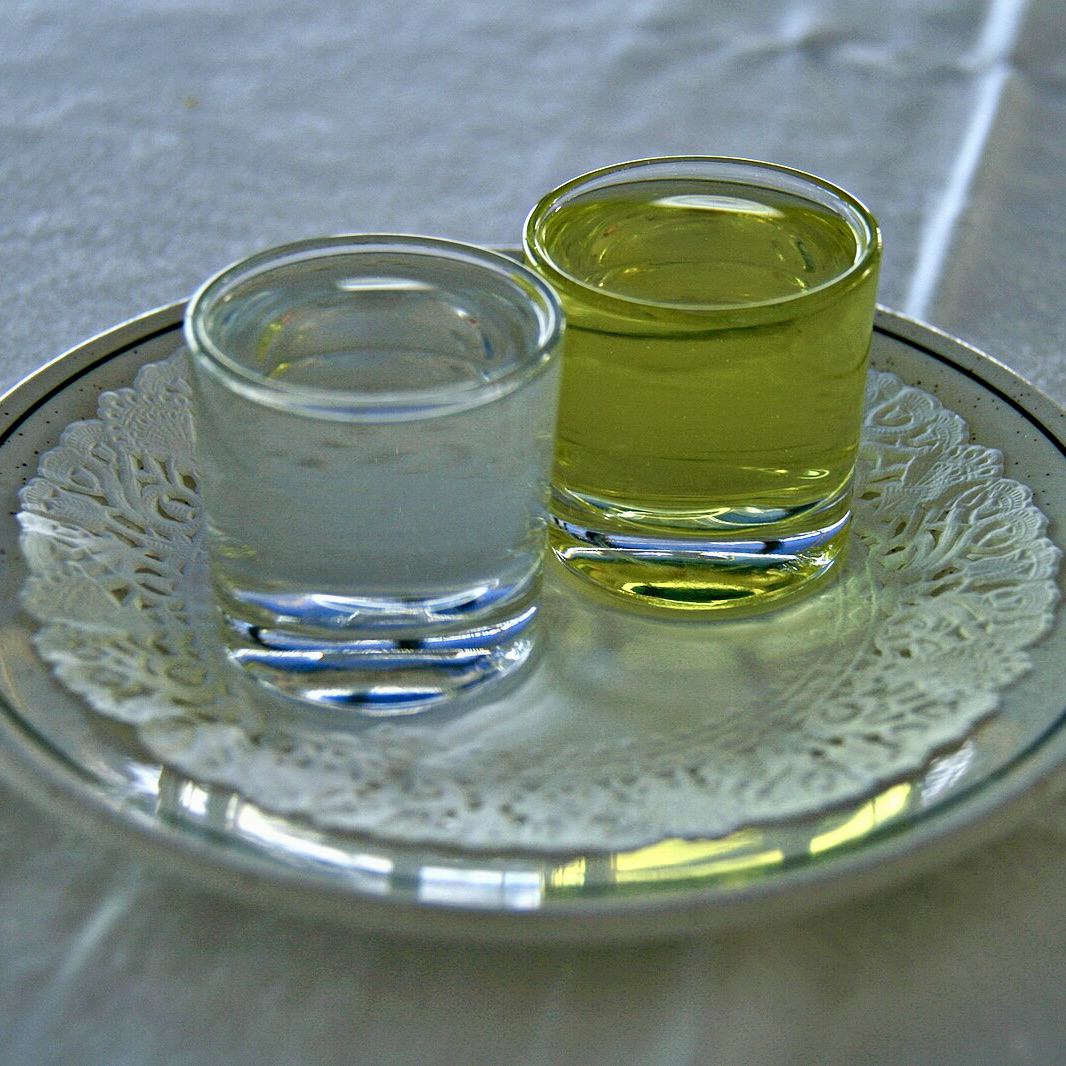.png.transform/rendition-xs/image_image%20(1).png)
Aguardiente
Aguardiente is a spirit obtained by distilling fermented agricultural materials such as cereals, grapes, wine, sultanas, pomace, etc., to which no flavoring or alcohol may be added
The minimum alcohol content ranges from 35% for honey aguardiente to 37.5% vol. for the rest. When preparing the spirits, caramel may only be added to add color.
History of aguardiente
The first aguardiente was made by distilling wine to allow for a more practical transportation. By traveling in wooden casks, the aguardiente obtained new organoleptic properties that the connoisseurs of the time learned to appreciate and perfect.
As a result, they decided to add other substances to the initial spirit to experiment with new flavors and aromas. Logically, fruits and aromatic plants were the first to be used to create new spirits. Its production today often follows techniques not unlike those discovered in antiquity, and over the centuries other ingredients have been added, such as grains, nuts, coffee, dairy products, and herbs.

Types of aguardiente
The following are some of the most popular categories of aguardiente and their geographical indications that can be found in the European Union:
Grain aguardiente: produced by distilling fermented broths of whole grain cereals.
Fruit aguardiente: as its name indicates, this spirit is produced by distilling a fleshy fruit or its must.
Aguardiente de orujo or orujo: the distillation of ferments from pomace and its lees produces various spirits such as Galician orujo.
Cider and pear aguardiente: represented almost exclusively by a few cider and pear aguardientes produced in Spain.
Wine aguardiente: Made from wine, Brandy de Jerez is basically alcohol distilled from wine and is very popular in Spain.
Other aguardientes: the best known are those made from fruit skins, sultanas, honey, lees or the countless fruit or berry brandies produced by simple maceration and distillation.
The minimum alcohol content in aguardiente ranges from 35% for honey aguardiente to 37.5% vol. for the rest. When preparing the spirits, caramel may only be added to add color.
